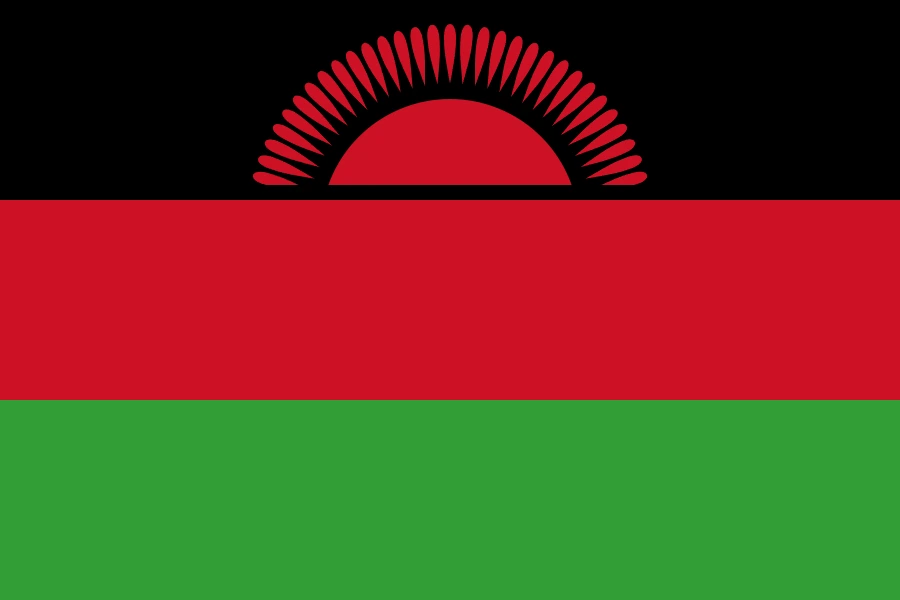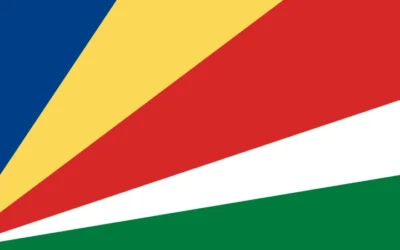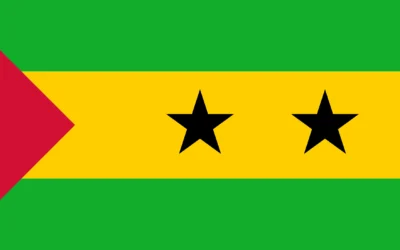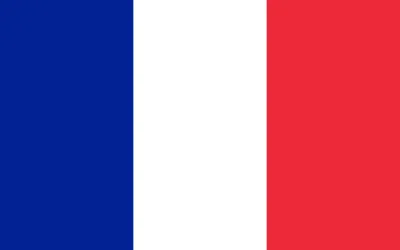Malawi Travel Guide
Discover Why You Should Visit Malawi
Why Visit Malawi?
Malawi, known as the ‘Warm Heart of Africa,’ is a landlocked country renowned for its friendly people, stunning freshwater lake, and breathtaking highland landscapes. Though smaller in size, it offers a wide range of experiences from beachside relaxation to hiking adventures and wildlife safaris.
Lake Malawi, which covers nearly one-third of the country, is a major attraction, along with Malawi’s national parks, tea plantations, and rich cultural traditions.
Ideal for: Nature lovers, adventure travelers, cultural explorers, and those seeking peaceful retreats.
Must-Know Facts
Capital/Major City: Lilongwe (capital), Blantyre (commercial center)
Language(s): English and Chichewa (official)
Currency: Malawian Kwacha (MWK)
Best Time to Visit: May to October (dry season, ideal for safaris and lake activities)
Fun Fact: Lake Malawi is home to more species of fish than any other lake in the world, including hundreds of species of colorful cichlids.
Top Things to Do
Swim, snorkel, or kayak in the crystal-clear waters of Lake Malawi
Explore Liwonde National Park for river safaris and elephant sightings
Hike Mount Mulanje, one of Central Africa’s highest peaks
Relax in Cape Maclear or Nkhata Bay beach villages
Visit tea estates in Thyolo and enjoy scenic plantation views
Local Culture & Lifestyle
Malawi is a culturally rich nation with various ethnic groups including the Chewa, Yao, and Tumbuka. Music, dance, and storytelling are integral to Malawian life.
Community life is strong, with traditional customs and extended family structures playing a major role.
Warm hospitality and friendliness define Malawian social interactions, making visitors feel at home.
Food & Drink Highlights
Street Food: Nsima (maize porridge) with vegetables or meat, fried fish, sweet potatoes
Restaurants: Mamma Mia (Lilongwe), Blue Ginger, 21 Grill (Blantyre)
Drinks: Chibuku (local maize beer), Malawi Gin, fresh fruit juices
Desserts: Mandasi (fried dough balls), banana fritters, seasonal tropical fruits
Main Dish & Culinary Symbols
Signature Dish: Nsima served with chambo (local fish from Lake Malawi) and relish
Common Ingredients: Maize, cassava, fish, beans, greens, tomatoes
Culinary Culture: Meals are traditionally eaten by hand and shared among family or community members
Symbols & Icons of the Area
Natural Icons: Lake Malawi, Mount Mulanje, Nyika Plateau
Cultural Icons: Gule Wamkulu masked dances, woven mats and baskets, traditional musical instruments
Hidden Gems & Off-the-Beaten-Path
Likoma Island in Lake Malawi, known for its cathedral and beaches
Zomba Plateau for hiking, waterfalls, and panoramic views
Livingstonia for colonial history, hiking trails, and serene hilltop views
Shopping & Souvenirs
What to Buy: Wood carvings, woven baskets, batik fabrics, jewelry, local paintings
Where to Shop: Lilongwe Craft Market, African Habitat, roadside artisan stalls
Getting Around
Public Transport: Minibuses and shared taxis are common for intercity travel
Car Rentals: Recommended for flexibility, especially when visiting rural or remote areas
Tip: Domestic flights are available between major cities and tourism hubs
Walkability: Excellent in lakeside villages and smaller towns
Travel Tips
English is widely spoken and understood in cities and tourism areas
Tap water is not recommended for drinking; use bottled or filtered water
Carry cash as card acceptance is limited outside major hotels
Dress modestly when visiting rural areas or religious sites
Where to Stay
Budget: Mabuya Camp (Lilongwe), Mayoka Village (Nkhata Bay)
Mid-range: Annie’s Lodge, Blue Zebra Island Lodge
Luxury: Kaya Mawa (Likoma Island), Mkulumadzi Lodge (Liwonde)
Unique: Lakefront chalets, eco-lodges on nature reserves, mountaintop guesthouses
Sample 4-Day Itinerary
Day 1: Arrive in Lilongwe, visit the Lilongwe Wildlife Centre and local markets
Day 2: Travel to Cape Maclear, relax by the lake, snorkel, and explore the village
Day 3: Visit Liwonde National Park for a river safari and wildlife viewing
Day 4: Return to Lilongwe or detour to Mount Mulanje for scenic hiking






0 Comments